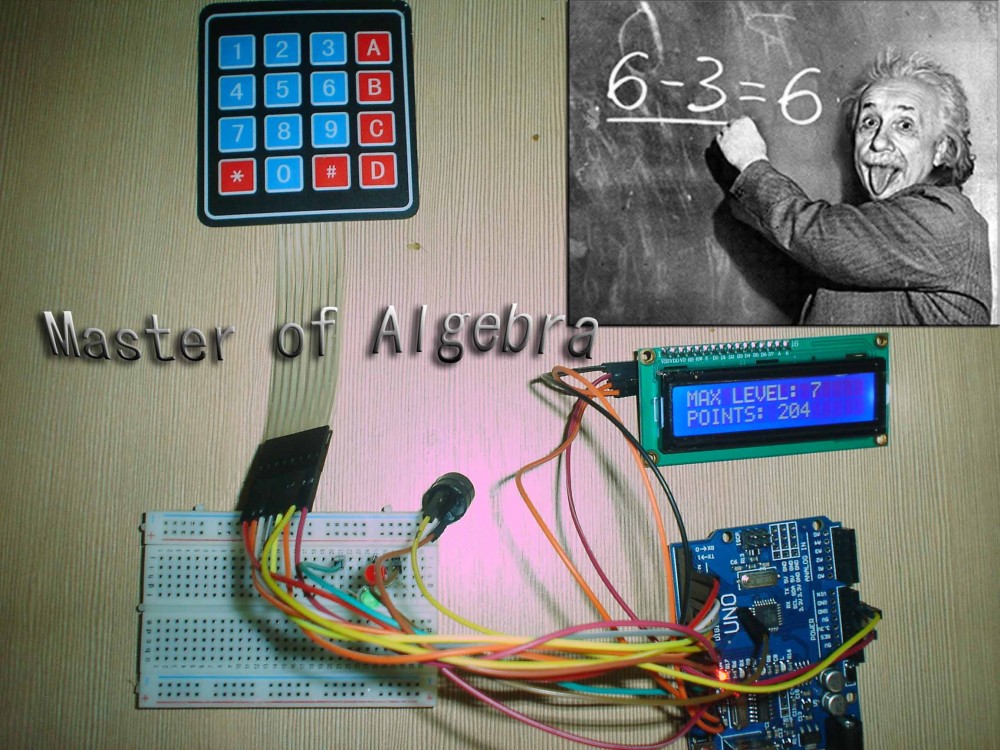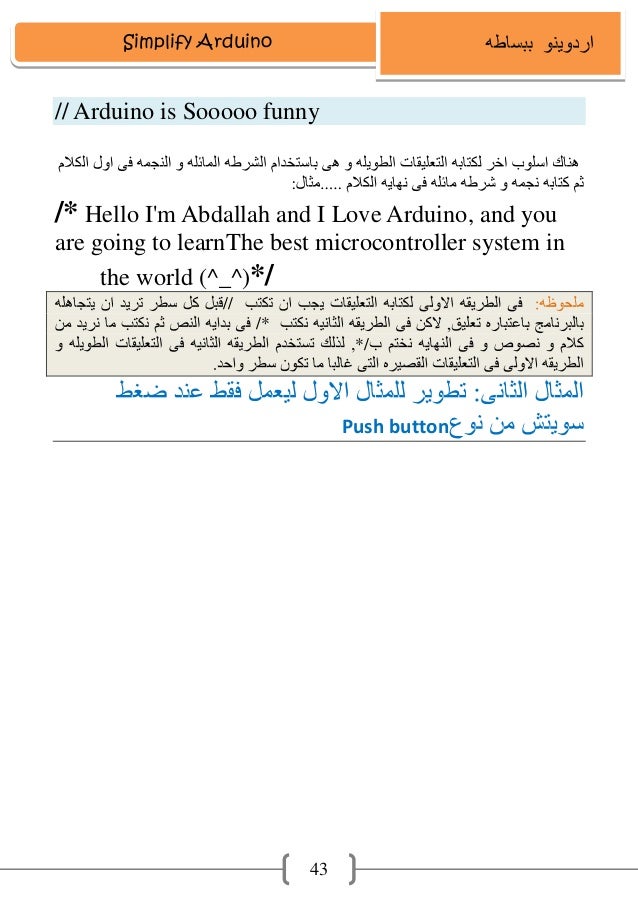


But, first, let’s look at examples with different data types. The random (min, max) function allows you to return a pseudorandom number in the range given by min and max values.Arduino Uno / Arduino Nano / Arduino Mega.This is a great solution, by the way! We call randomSeed(micros()) and that’s it.Ĥ Final Words Arduino Random Number Generation Using random() If the device interacts somehow with the external world, or even the user, then you can feed randomSeed the current time since the start of the program, i.e., millis() or micros() functions when some hardware random events happen (button presses, sensor actuation, data acceptance, etc.).Set a random number in randomSeed() when running the program.
ARDUINO RANDOM FUNCTION HOW TO
How to generate random numbers so that the sequence is new every time? There are options: Value is any number of unsigned long types, so we have 2^32 (4,294,967,295) sets of pseudorandom numbers on the Arduino.

The randomSeed function allows you to place a variable or constant into the random function to generate more random values. The Arduino random function returns a pseudorandom number, which means that the random number generation sequence is still predictable.


 0 kommentar(er)
0 kommentar(er)
